Henry Mullins is one of the famous photographers in Jersey, producing over 9000 portraits of islanders from 1852-1873 at the time when the population was around 55,000. The record we have of his photographs comes through his albums , in which he placed his clients in social hierarchy. The arrangement of his work of ‘who’s who’ in the 19th centaury Jersey are highly politicised.

Henry Mullins Album showing his arrangements of portraits presented as cartes de visite
About him
When Henry Mullins arrived to Jersey in 1848 there were no photography studios to visit and no archive to consult. His was a community supported primarily by agriculture and maritime trades, and an emerging tourism industry. Mullins was already highly skilled in photography, so he set about setting up a highly successful business attracting Jersey’s wealthy upper classes to his studio. This cemented that his clients statuses among the island were elite. His most productive years were 1867-1872.
His work
Henry Mullins started working at 230 Regent Street in London in the 1840s and moved to Jersey in July 1848, setting up a studio known as the Royal Saloon, at 7 Royal Square. This is where he would photograph Jersey political elite, such as; The Bailiff, Lt Governor, Jurats, Deputies etc. as well as mercantile families, such as; Robin, Janvrin, Hemery, Nicolle etc. and military officers and professional classes such as; (advocates, bankers, clergy, doctors etc.
His portrait were printed on a carte de visite as a small albumen print, which was the first commercial photographic print produced using egg whites to bind the photographic chemicals to the paper. It was a thin paper photograph mounted on a thicker paper card. The size of a carte de visite is 54.0 × 89 mm normally mounted on a card sized 64 × 100 mm. In Mullins case he mounted his carted de visite into an album. Because of the small size and relatively affordable reproducibility cartes de visite were commonly traded among friends and visitors in the 1860s. Albums for the collection and display of cards became a common fixture in Victorian parlors. The immense popularity of these card photographs led to the publication and collection of photographs of prominent persons.
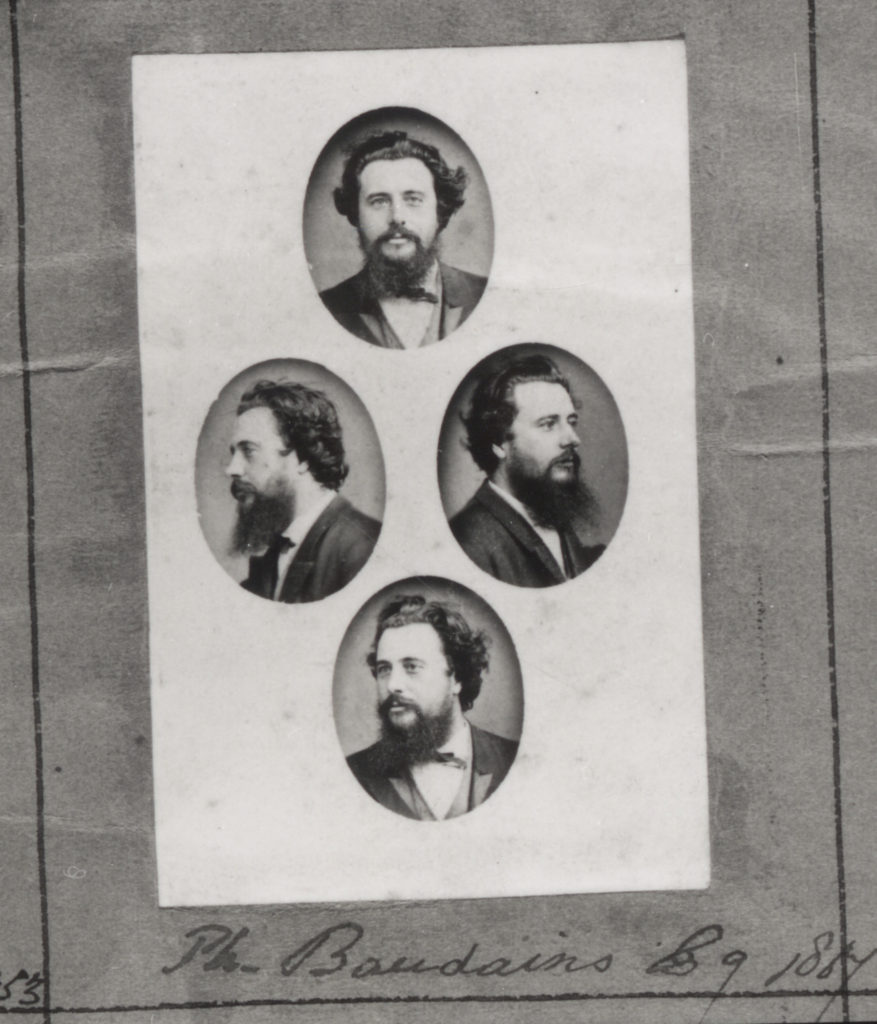

Portrait of Philip Baudains, Writer, Advocate, Constable and Deputy of St Helier. The four headshots of Baudains are presented in a Diamond Cameo.
Diamond Cameo- It is a process in which four separate portraits of the same subject are printed on a carte-de-visite.

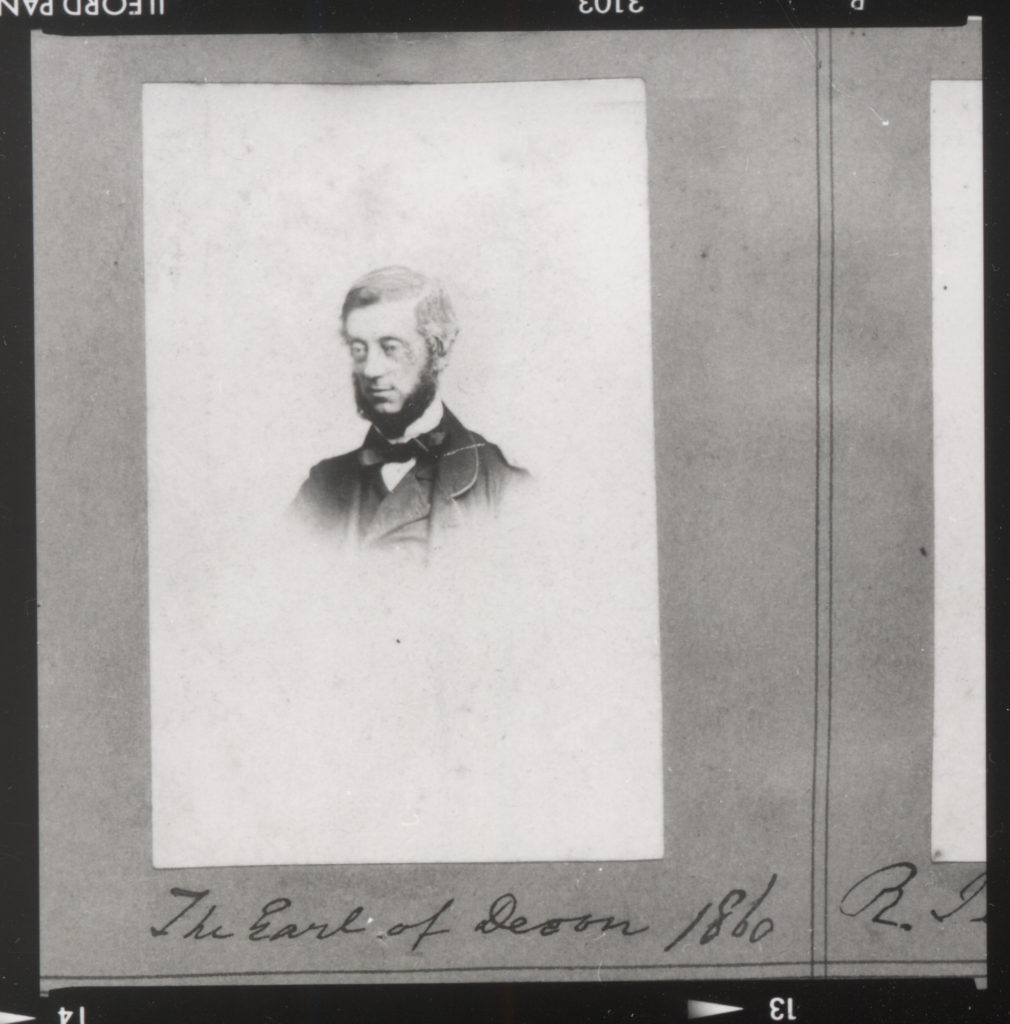
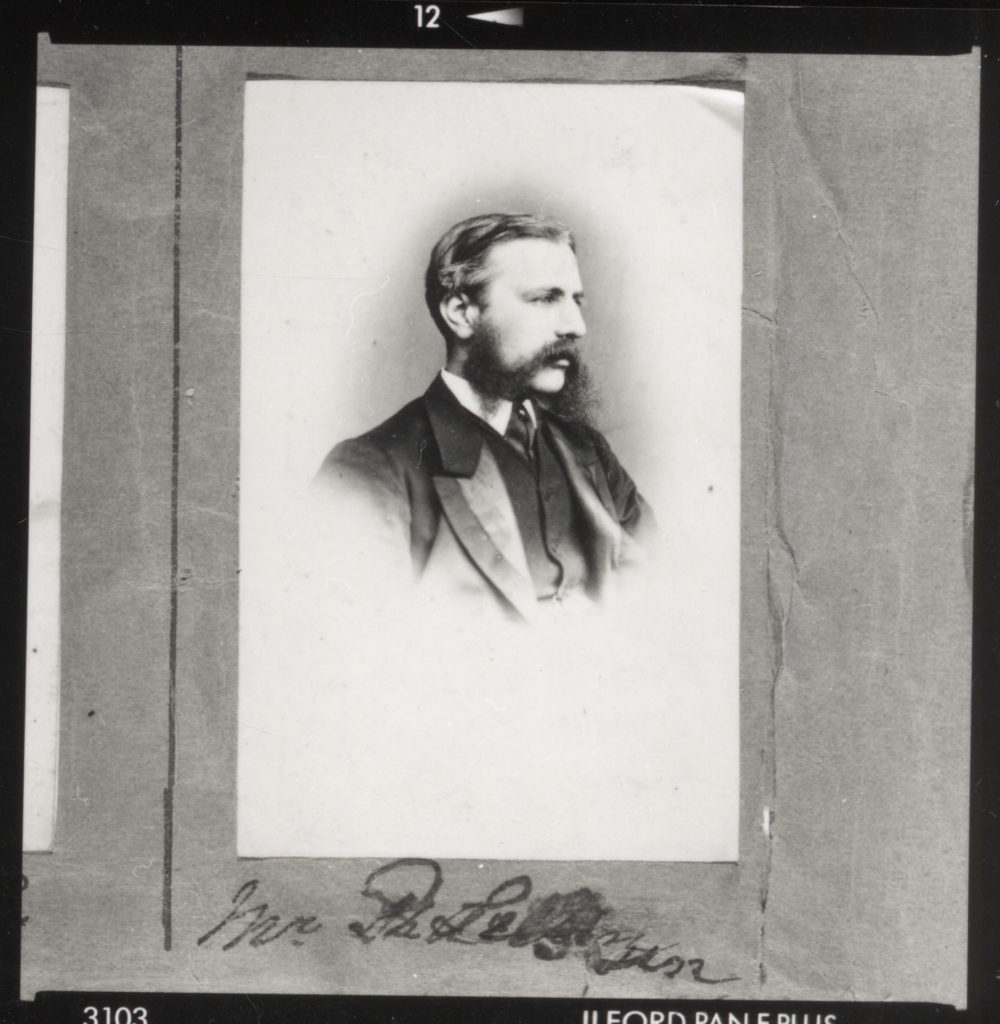
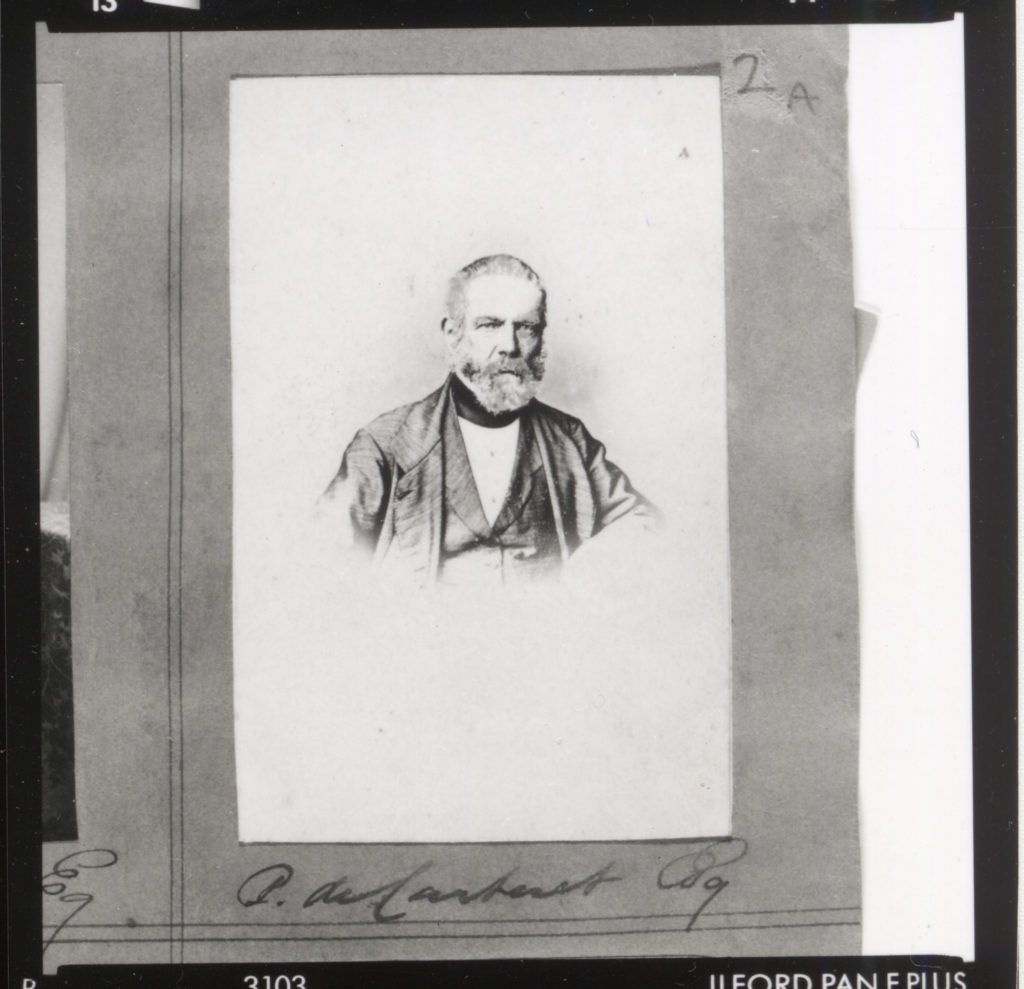
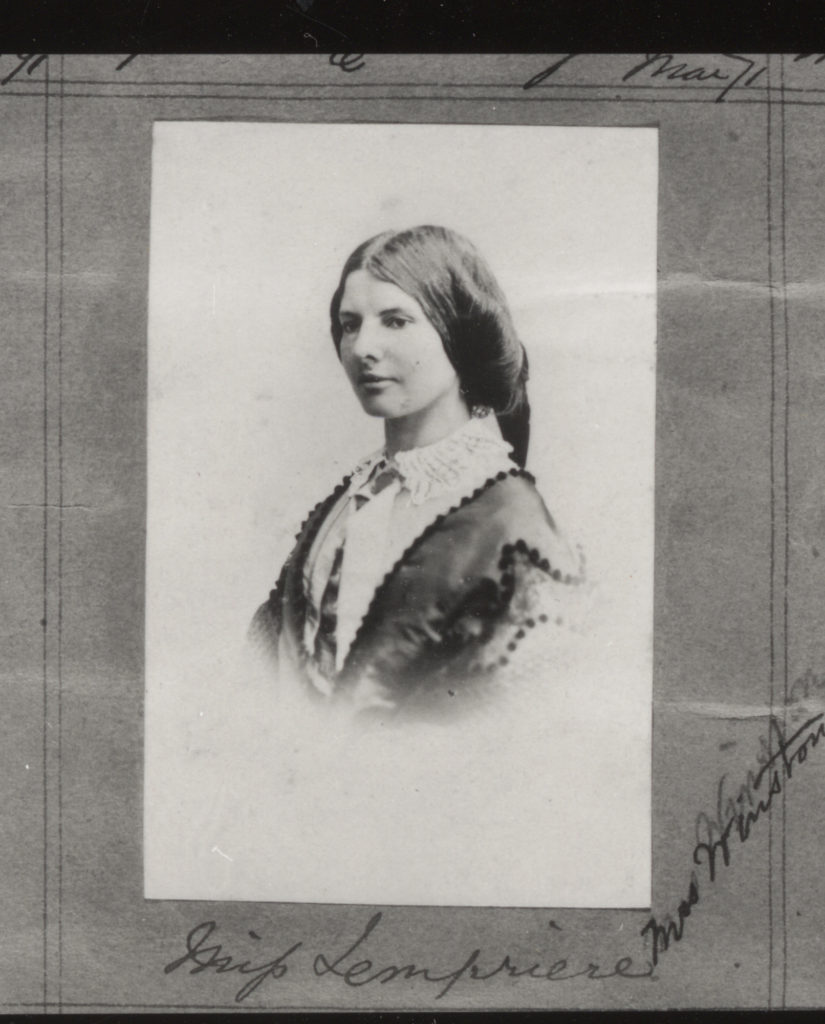
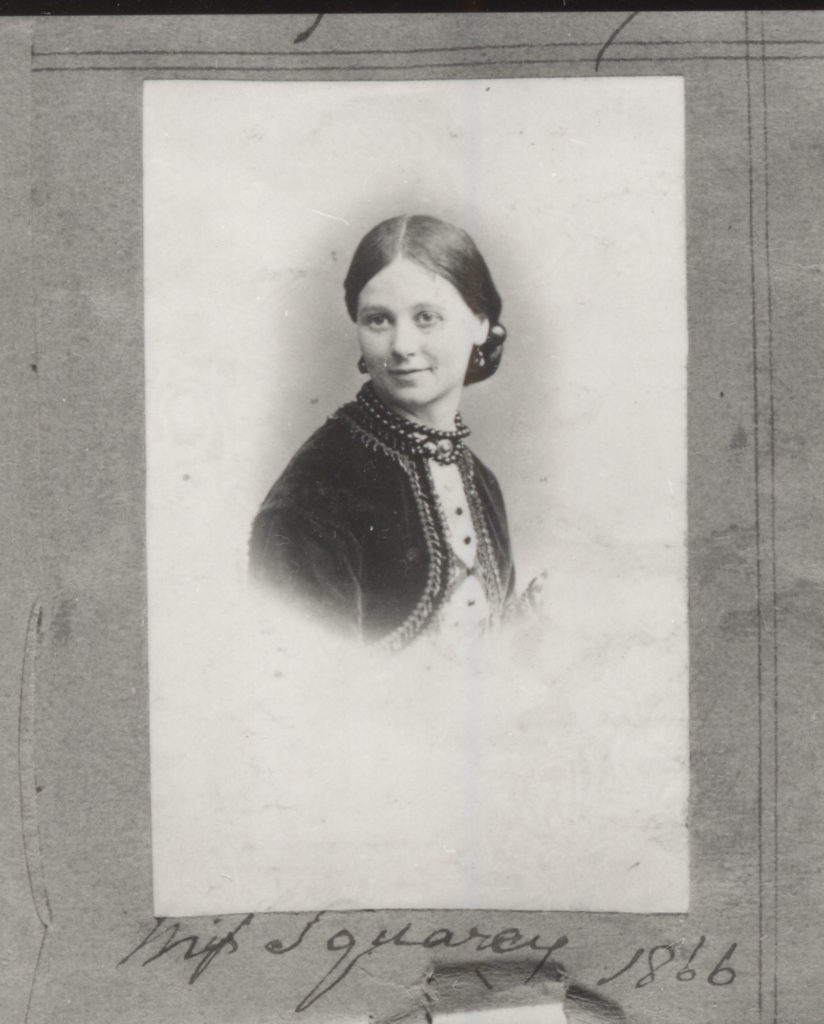
Some headshots by Mullins of both Jersey men and women produced as vignette portrait which was a common technique used in mid to late 19th century.
Mullins and Sank
Michelle Sank arrived to Jersey as the inaugural Archisle: Jersey Contemporary Photography Programme Photographer in Residence to complete a new commission of work for the Social Jersaiase Photographic Archivein response to insulur culture and society in 2013. With Mullins and Sank’s work we can therefore traffic 165 years a history. Over that period of time the lives of people in their portraits and the descendants and ancestors that lived between them have been radically changed by developments in every sphere of life. The photographic medium as a visual has also developed and changed due to constantly evolving technology.
Mullins and Sank’s work
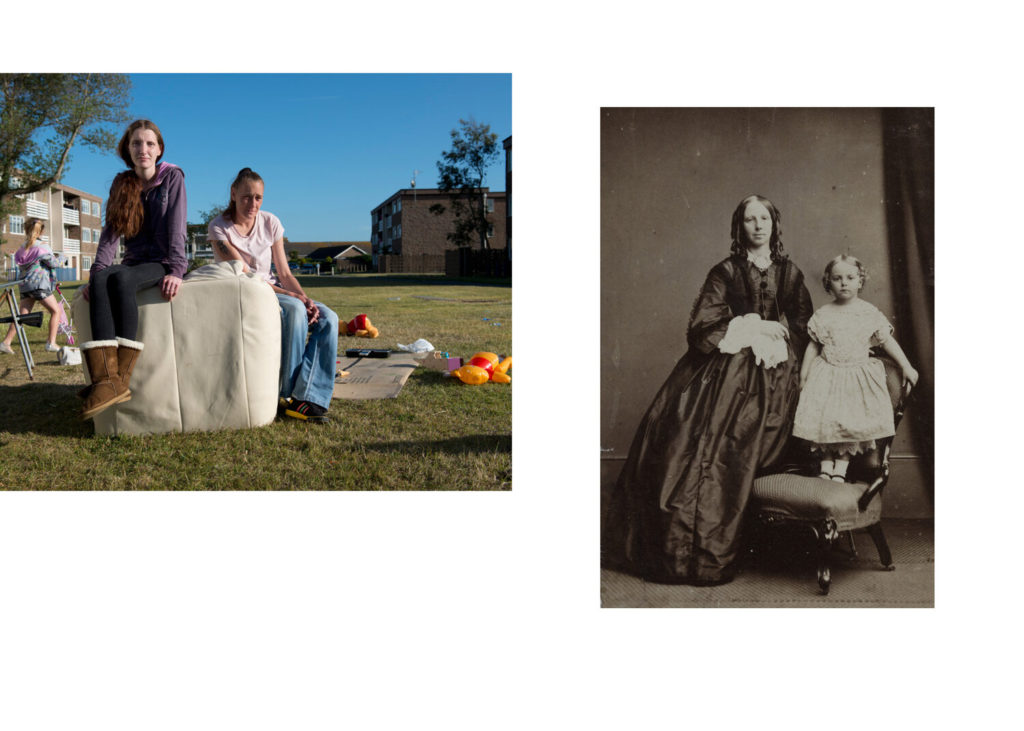
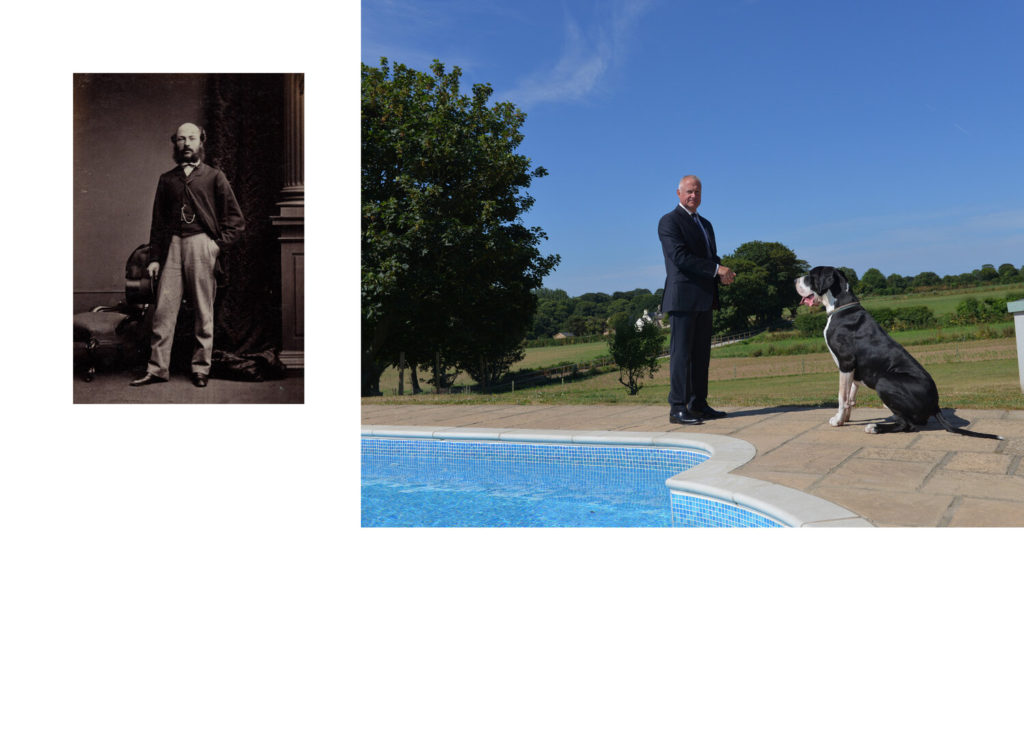

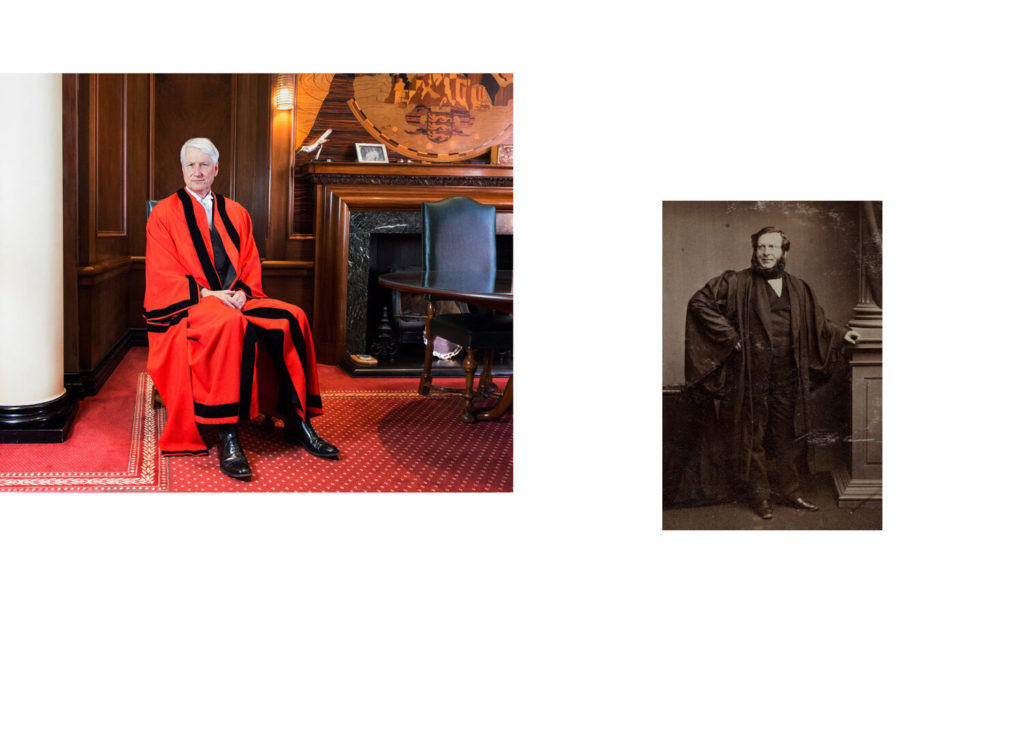
Here are images of Mullin’s work from the years 1848- 1872 compared to Sank’s work from 2013 to modern day. The difference in their photographs of how men, women and children lived them compared to now are significant. There is also very obvious technology changes. Mullin’s photograph were in black and white, because technology wasnt very advanced, however Sank’s photographs are in colour.
